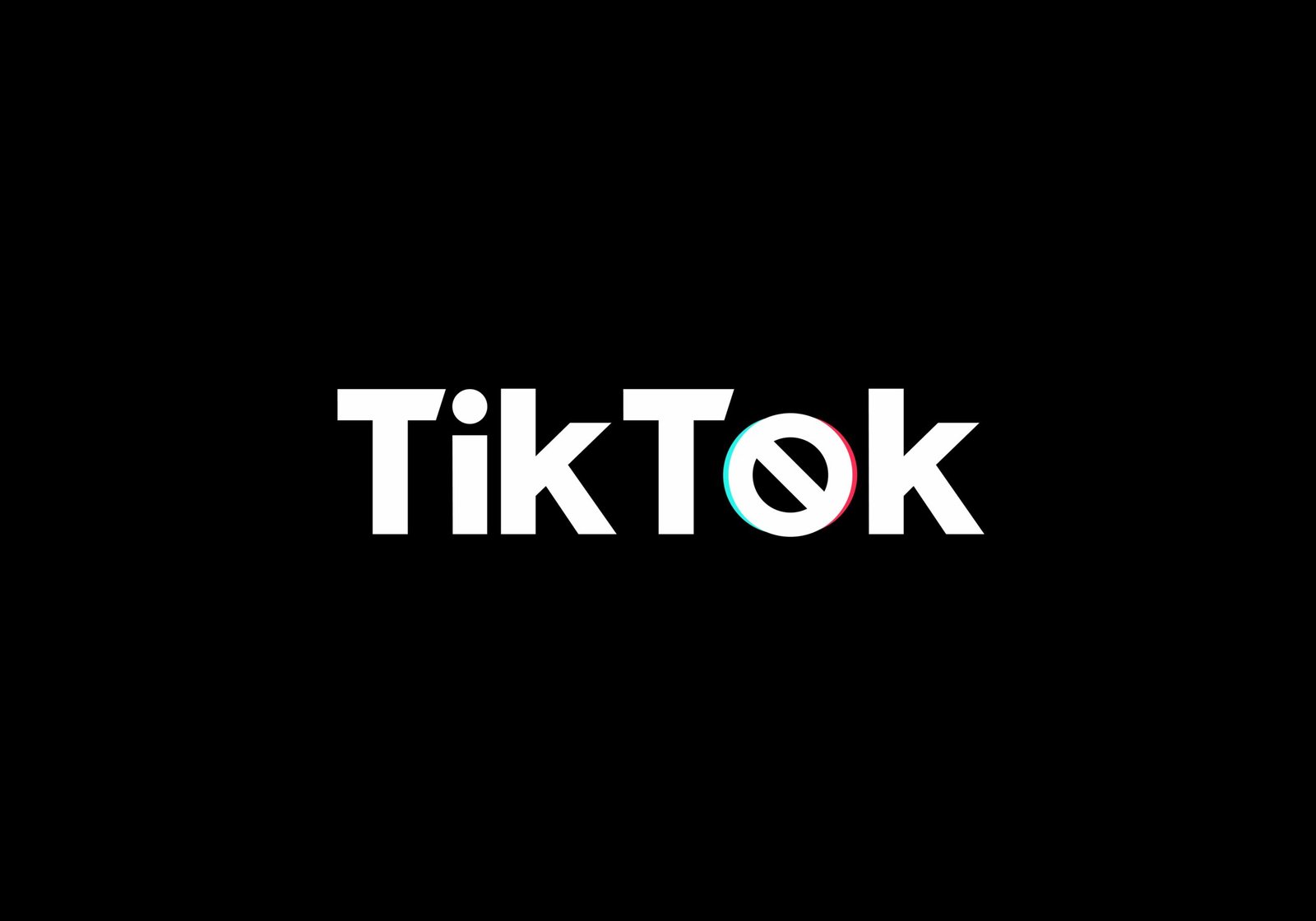
Background on TikTok and the Ban
TikTok, a social media platform that allows users to create and share short videos, has witnessed exponential growth since its launch in 2016. It has captivated millions globally, particularly among Gen Z and Millennials, who constitute a significant portion of its user base. The app facilitates creative expression and interaction through various features, such as music, filters, and effects, making it culturally significant for its ability to shape trends and foster online communities. As a result, TikTok has fundamentally changed how younger demographics engage with digital content, transforming social media landscapes and advertising strategies.
Despite its cultural impact, the platform has faced severe scrutiny from the U.S. government. The proposed ban on TikTok, spearheaded during the Trump administration, was primarily motivated by national security concerns. Officials raised alarms over potential data privacy issues, suggesting that the Chinese government could access user data collected by TikTok, which is owned by the Chinese company ByteDance. Such apprehensions stemmed from broader geopolitical tensions and a growing emphasis on protecting American digital sovereignty and users’ privacy. The U.S. government also expressed fears regarding the app’s influence on American youth and the potential dissemination of misinformation.
Legal challenges against this proposed ban have emerged from numerous stakeholders, including TikTok itself, which has asserted that such actions infringe upon First Amendment rights. Trump’s administration’s efforts to curb TikTok reflect a broader strategy aimed at mitigating perceived threats from foreign tech entities. Recently, as the legal entanglements surrounding the ban progressed, Trump urged the Supreme Court to intervene, asserting that the ban was unjust and prompted by political motives rather than genuine security concerns. This appeal conveys the ongoing complex interplay between technology, culture, and governance in the contemporary era.
Trump’s Appeal to the Supreme Court
Former President Donald Trump has formally petitioned the Supreme Court to intervene in the ongoing debate surrounding the ban on TikTok, a widely-used social media application. His appeal hinges on several key legal arguments that he believes underscore the necessity of pausing the ban. Central to Trump’s rationale is the issue of free speech, wherein he contends that restricting access to TikTok could infringe upon users’ rights to communicate and share content freely. This argument aligns with the broader interpretation of the First Amendment, considering the significant role of digital platforms in contemporary discourse.
Moreover, Trump highlights the potential economic ramifications resulting from the ban. He argues that TikTok has enabled countless businesses to thrive by providing a platform for marketing and outreach, particularly for small enterprises. By blocking access to this app, he posits that the federal government may be undermining entrepreneurial opportunities and stifling economic growth at a time when many are still recovering from the impacts of the pandemic. This viewpoint raises important questions about governmental overreach in technology-related trade disputes, particularly as industries increasingly rely on digital infrastructure.
In evaluating Trump’s petition, one must also consider previous Supreme Court rulings that could serve as precedent. Cases such as Reno v. ACLU established essential principles regarding free speech in the virtual realm, while other decisions addressed the intersection of commerce and technology. The responsiveness of the Supreme Court to this appeal will not only determine the fate of TikTok but also signal the judiciary’s stance on similar issues involving technological platforms and user rights.
As the Biden administration prepares to respond, the outcome of this appeal could have significant implications for users and the app’s future in the United States, positioning the case as a pivotal moment in the regulation of technology and free speech rights.
Implications for TikTok Users and the Social Media Landscape
The recent push by Donald Trump to compel the Supreme Court to pause the TikTok ban has significant implications for TikTok users, offering both immediate and long-term consequences. For many users, the potential postponement provides a sense of relief, as they can continue to engage with a platform they have come to rely on for communication, entertainment, and business. TikTok has become integral for influencers, small businesses, and content creators who leverage its unique features for advertising and reach. A ban would have abruptly stymied this growing ecosystem.
However, the relaxation of the ban does not fully allay concerns regarding data privacy and internet censorship. Users remain apprehensive about how their personal data is handled and whether their content might be subjected to arbitrary removal. Knowing that the fate of TikTok is still uncertain, users may approach the platform more cautiously, reducing their engagement levels which could, over time, affect TikTok’s user base dynamics. This hesitation may lead to a decline in original content, which is vital for the platform’s appeal.
Wider implications for the social media landscape are also at play. The TikTok ban situation could set a precedent for how future social media policies are crafted and enforced in the U.S. Other platforms may need to evaluate their data protection practices and user transparency in response to increased scrutiny from lawmakers and citizens alike. Additionally, if TikTok continues without a ban, it could intensify competition between social media platforms, prompting them to enhance their features and user engagement strategies. Platforms like Instagram and YouTube may take steps to attract TikTok’s user demographic, leading to a possible shift in content creation trends and user interactions across various social media environments.
The Future of TikTok Amid Ongoing Legal Battles
The future of TikTok in the United States remains uncertain as legal battles continue to unfold regarding its potential ban. Much hinges on the outcome of the Supreme Court’s impending decision and the broader implications it could have for the app’s sustainability in the competitive landscape of social media. If the Court decides to pause the ban, it might provide a temporary reprieve for TikTok, enabling it to continue operations while legal interpretations and administrative procedures are further assessed.
Conversely, if the Supreme Court rules in favor of the ban, TikTok could face an immediate cessation of its services in the U.S., adversely impacting its millions of American users and the creators who rely on the platform for income and engagement. Such a ruling would not only affect TikTok but could also establish a precedent for how similar tech companies are treated in the future, particularly those with ties to foreign nations such as China.
To navigate these challenges, TikTok may need to adopt strategies aimed at compliance with evolving U.S. regulations. These might include increased transparency in data handling practices and enhanced cooperation with governmental oversight entities. Additionally, TikTok could ramp up its efforts to engage directly with policymakers to advocate for its position, articulate the value it brings to users, and potentially mitigate perceptions around national security concerns.
The fate of TikTok could serve as a bellwether for broader discussions regarding tech regulation, user privacy, and international relations. As tensions between the U.S. and China continue to rise, how this situation is resolved will likely influence future regulatory frameworks applied to global technology companies operating in the United States. The outcome could either open the door to more inclusive digital landscapes or lead to further fragmentation based on geopolitical tensions.
